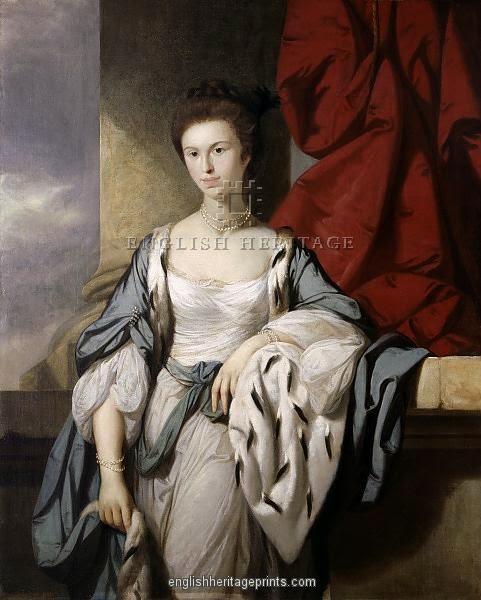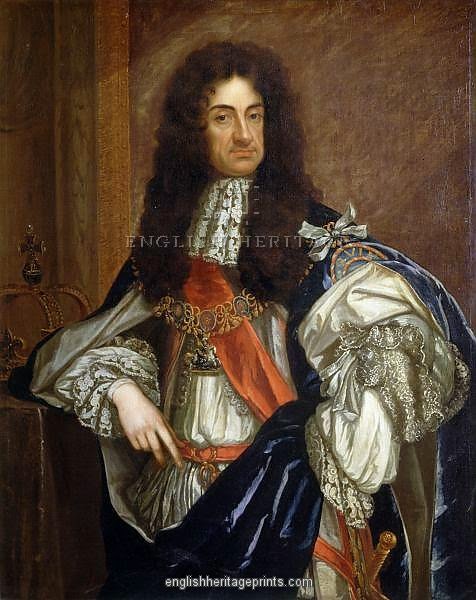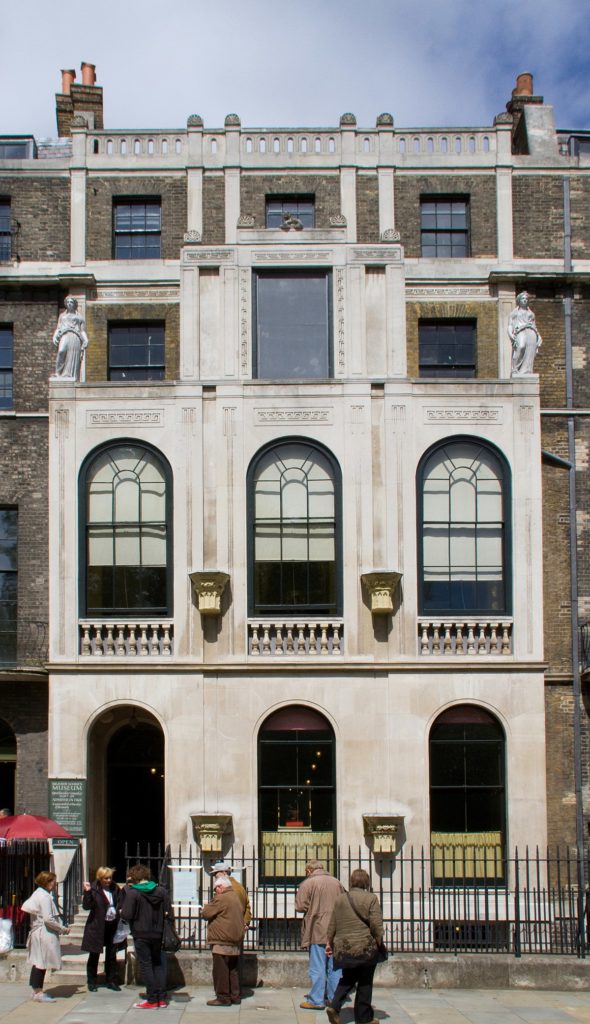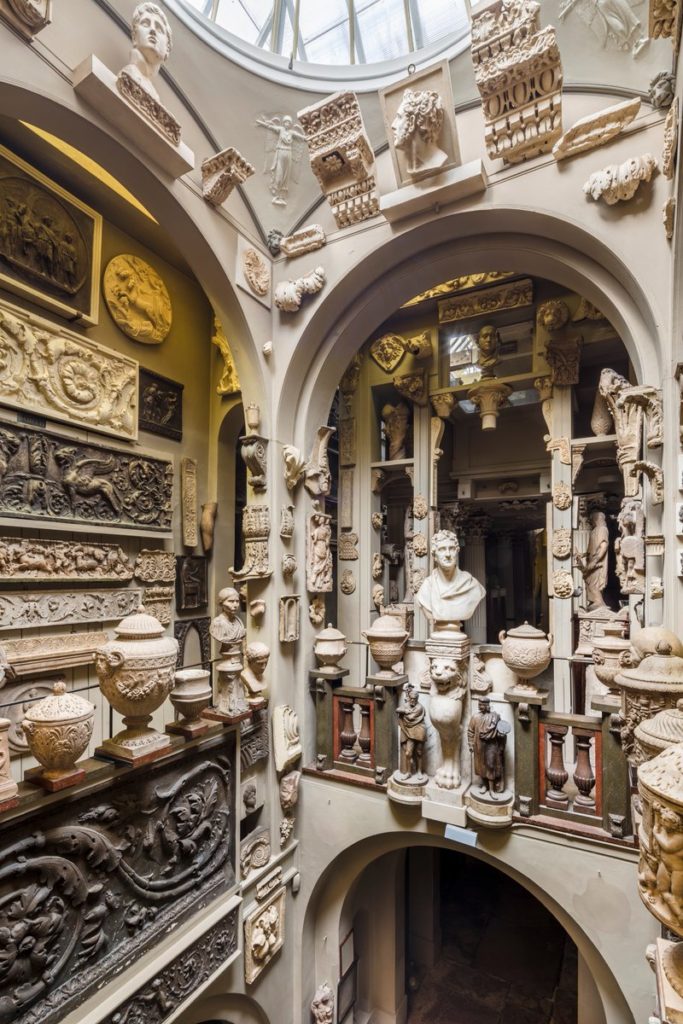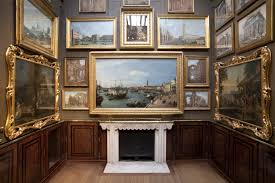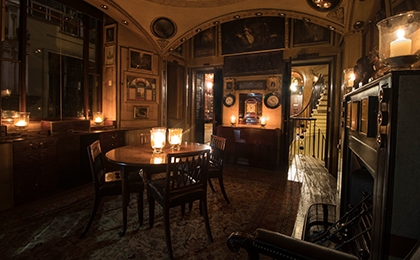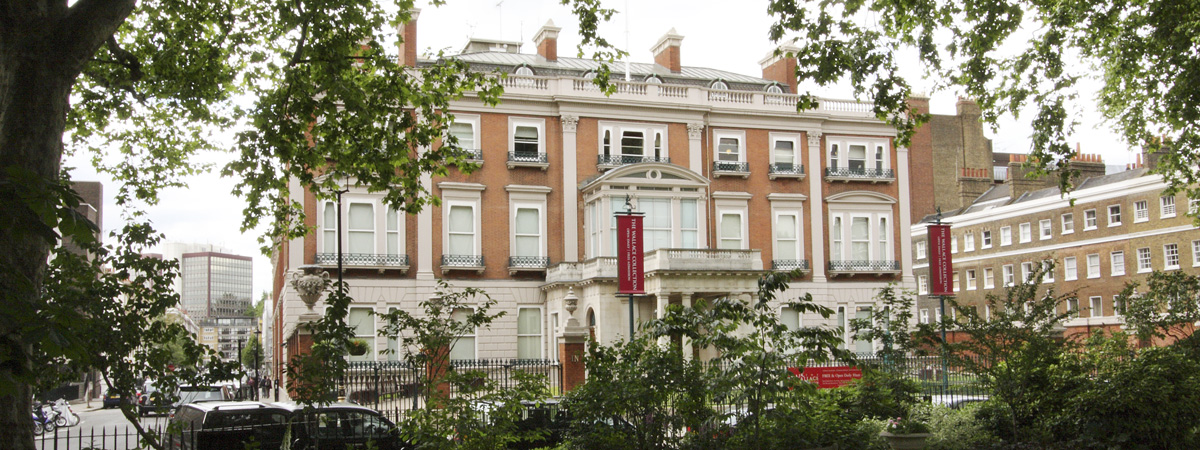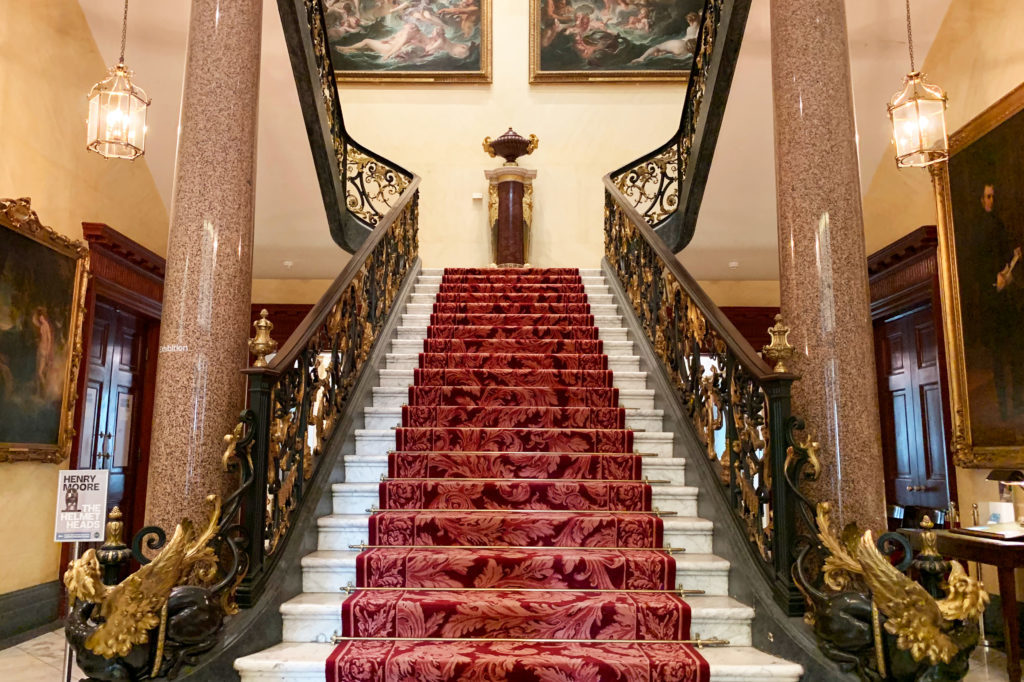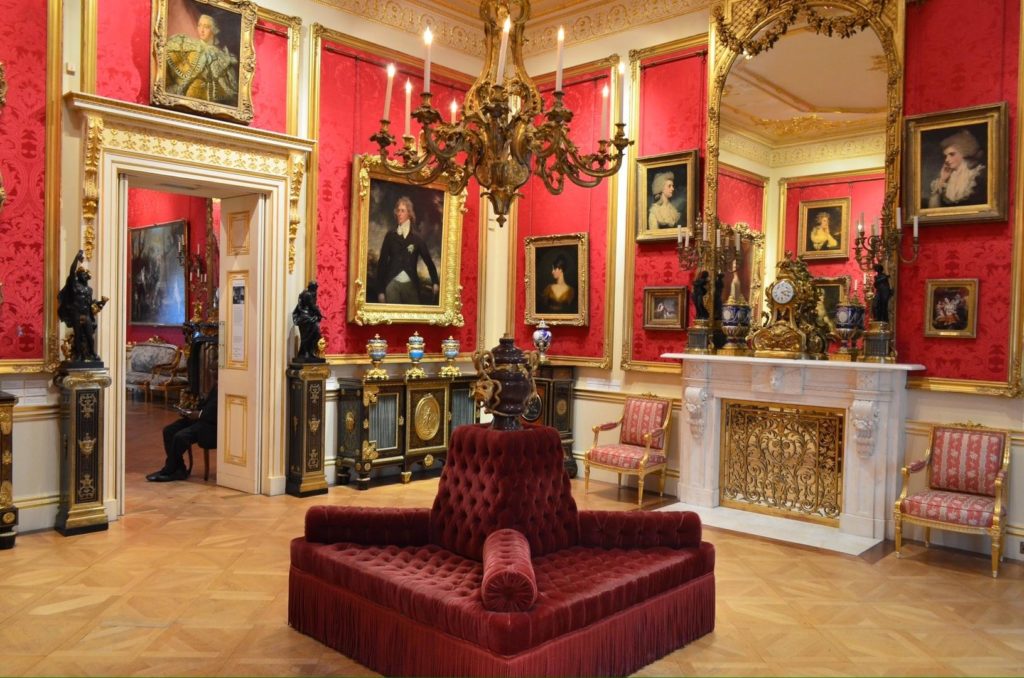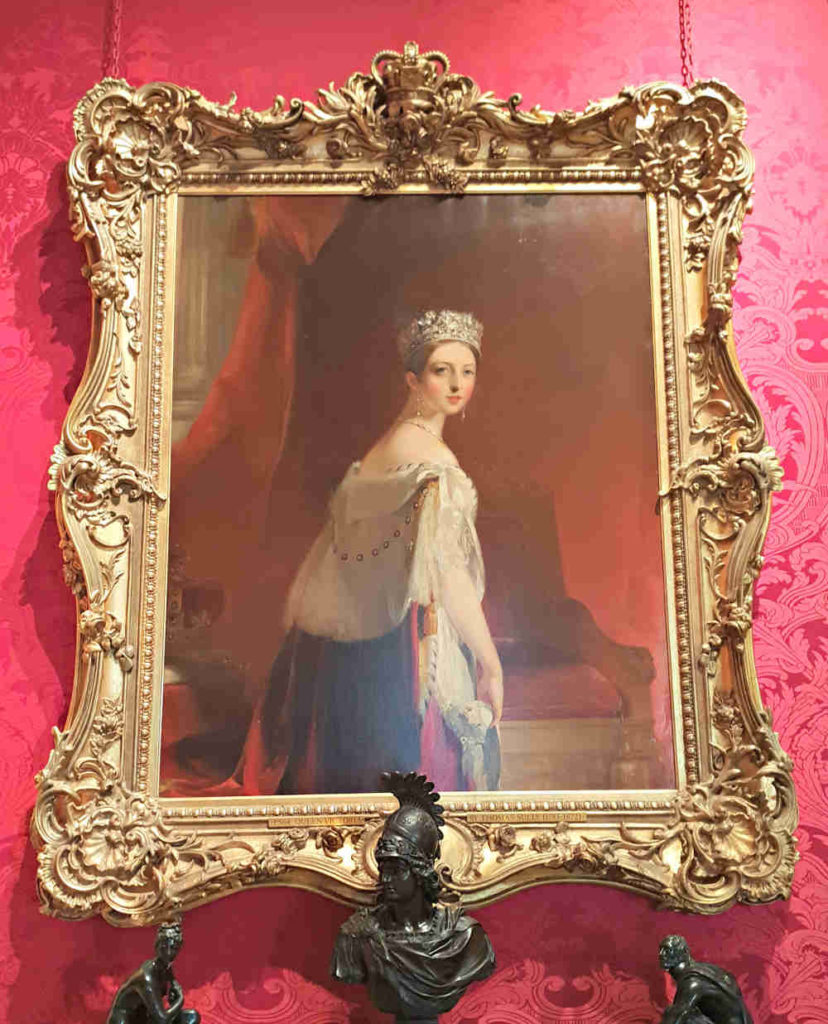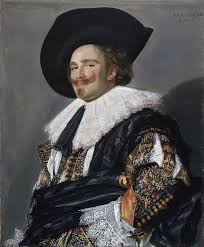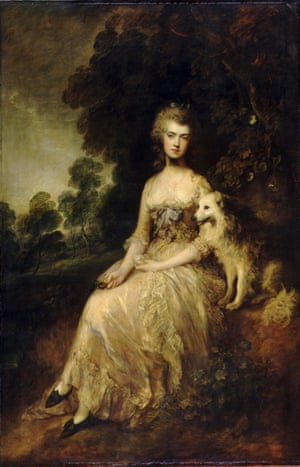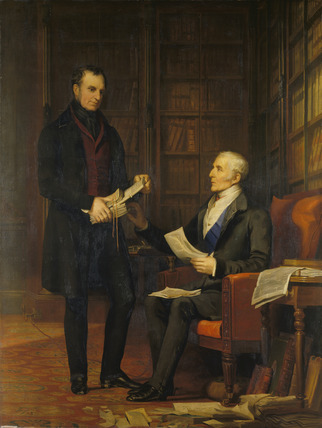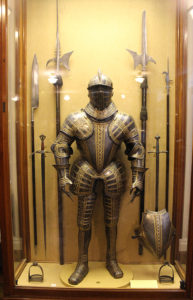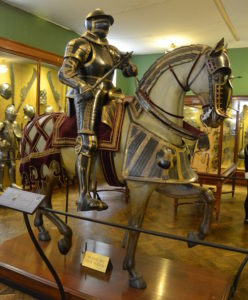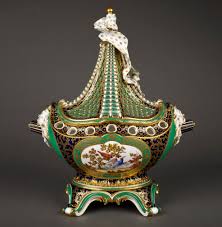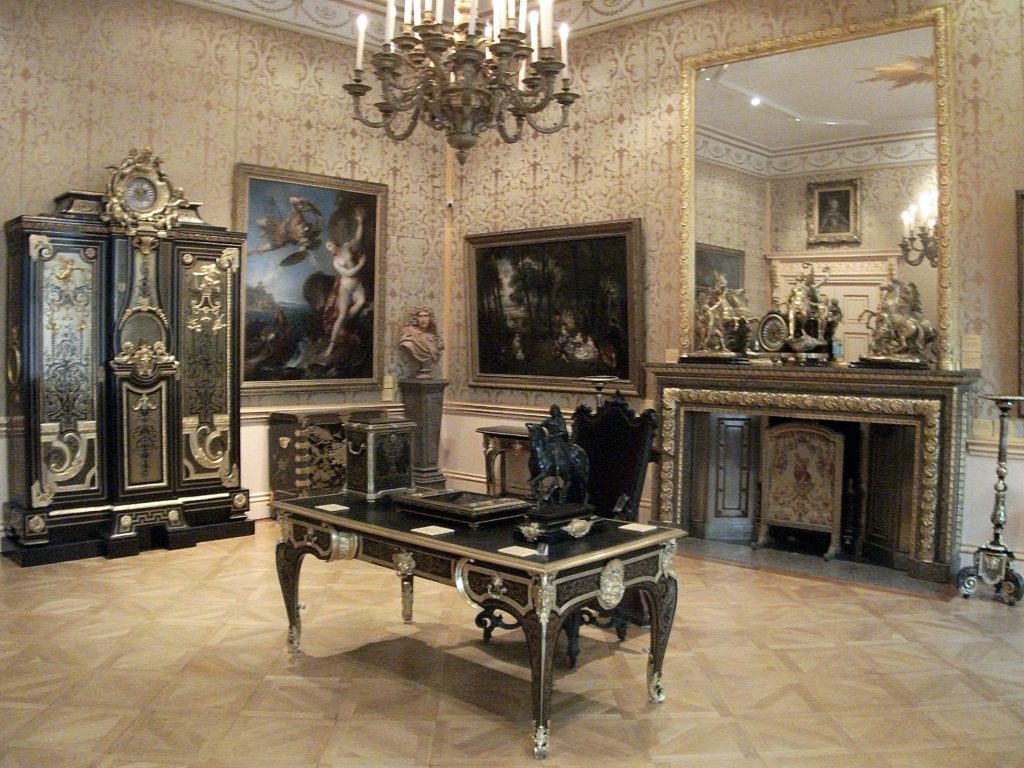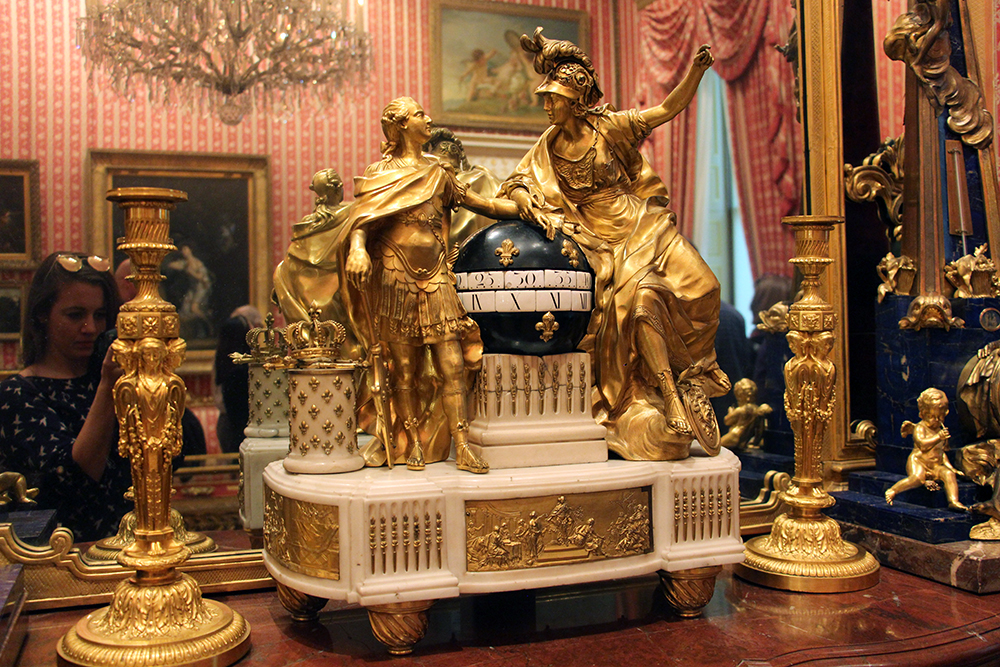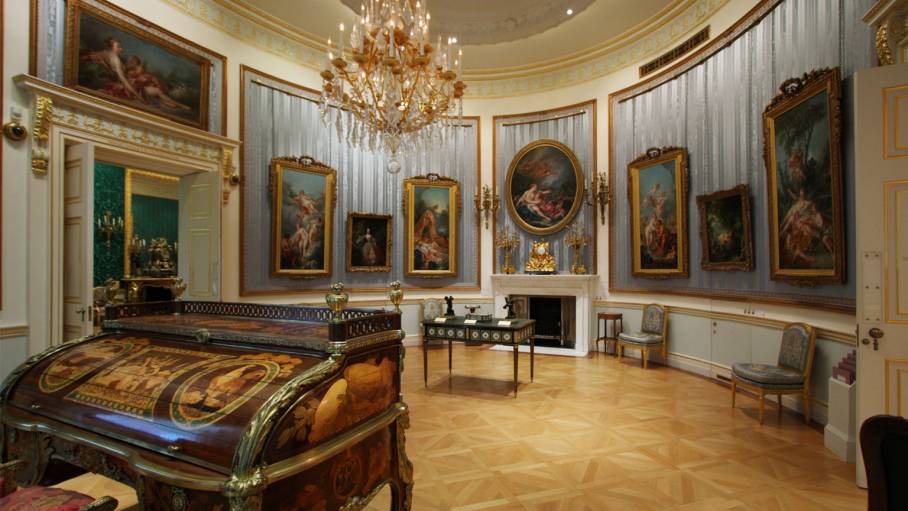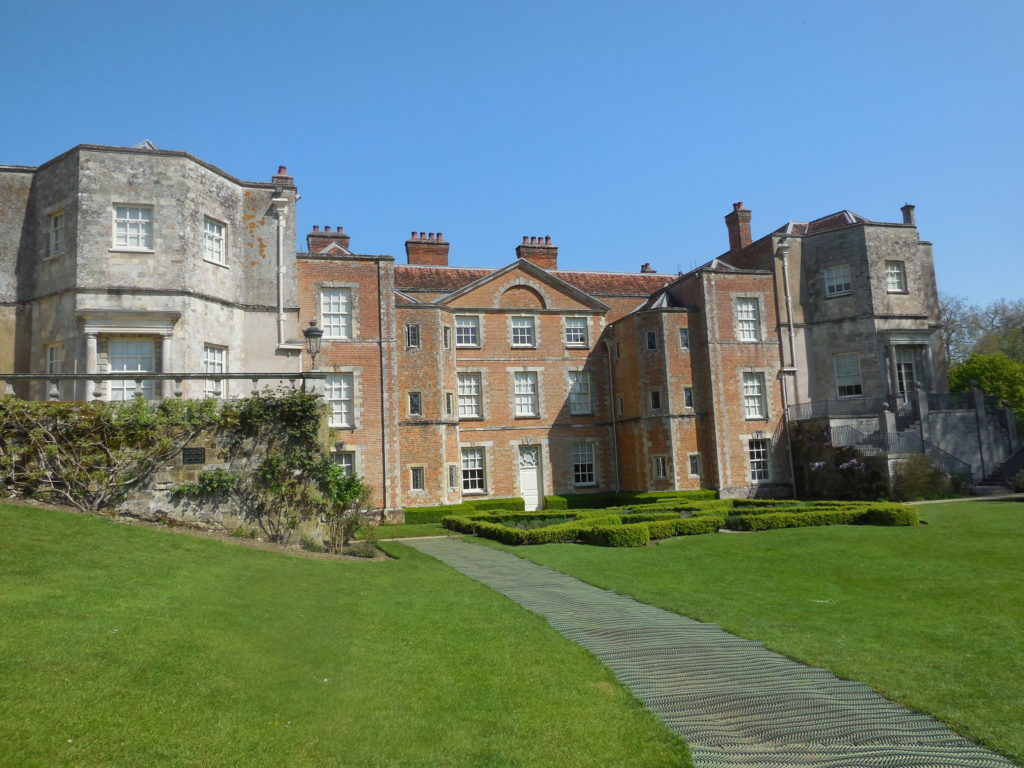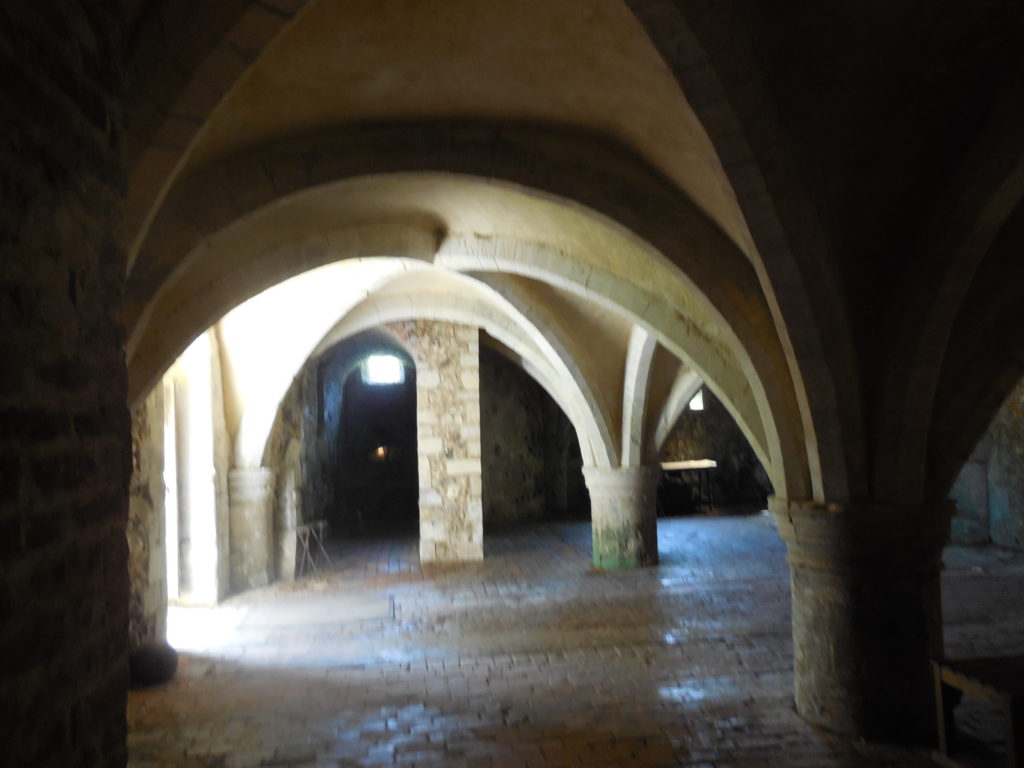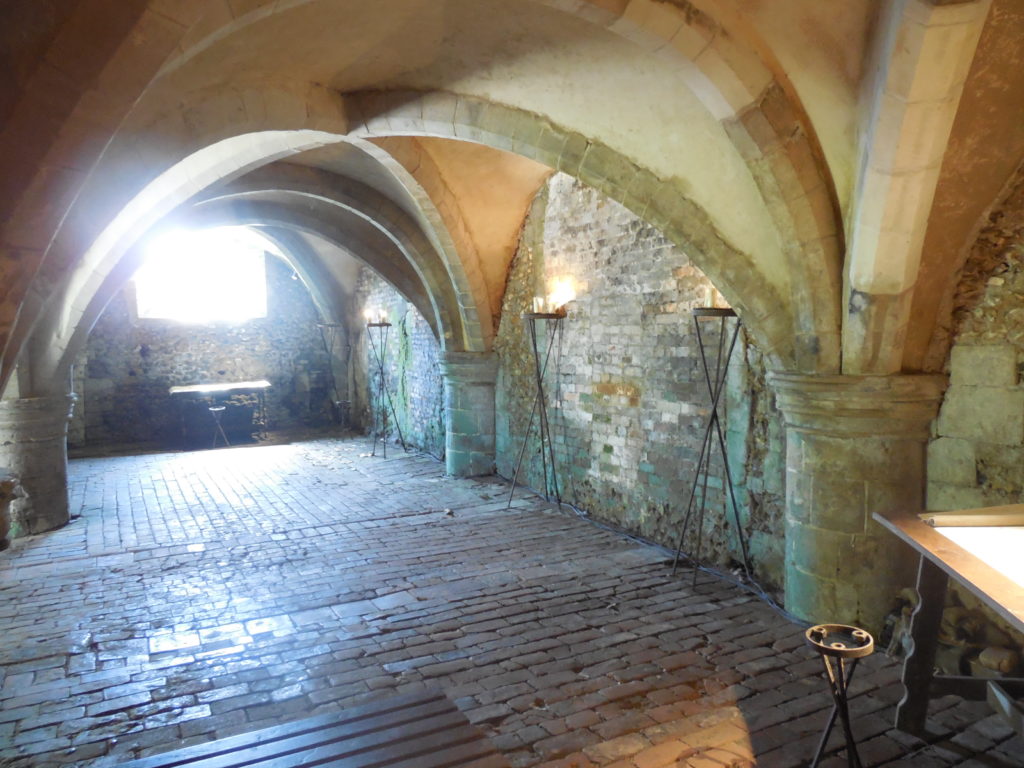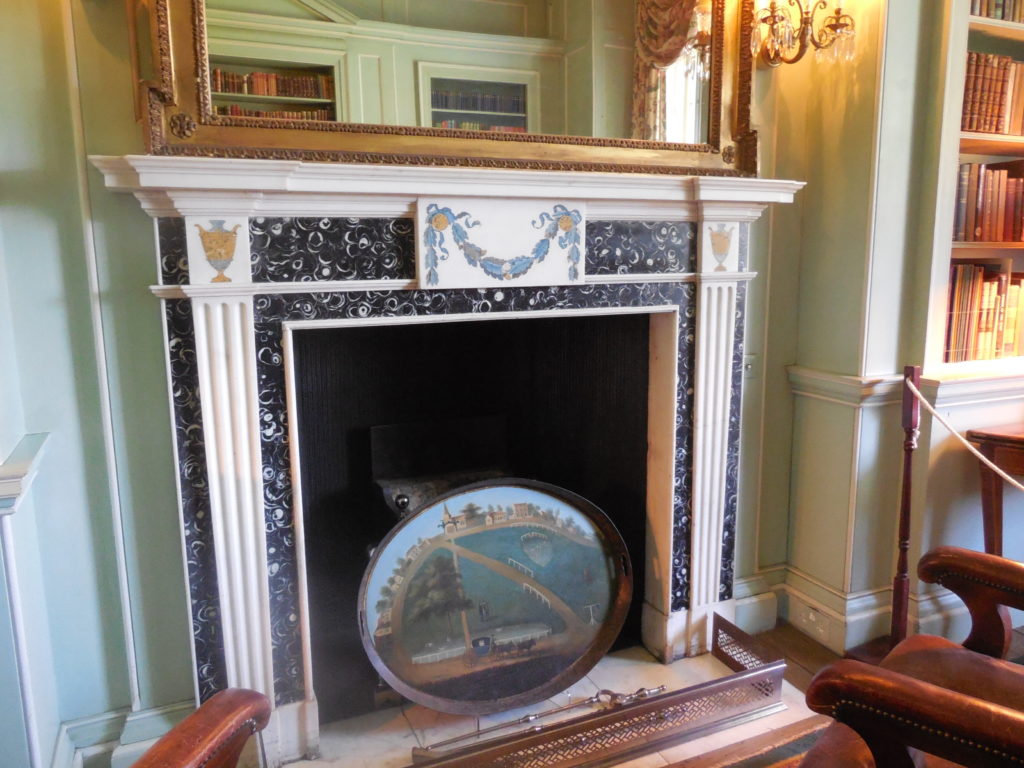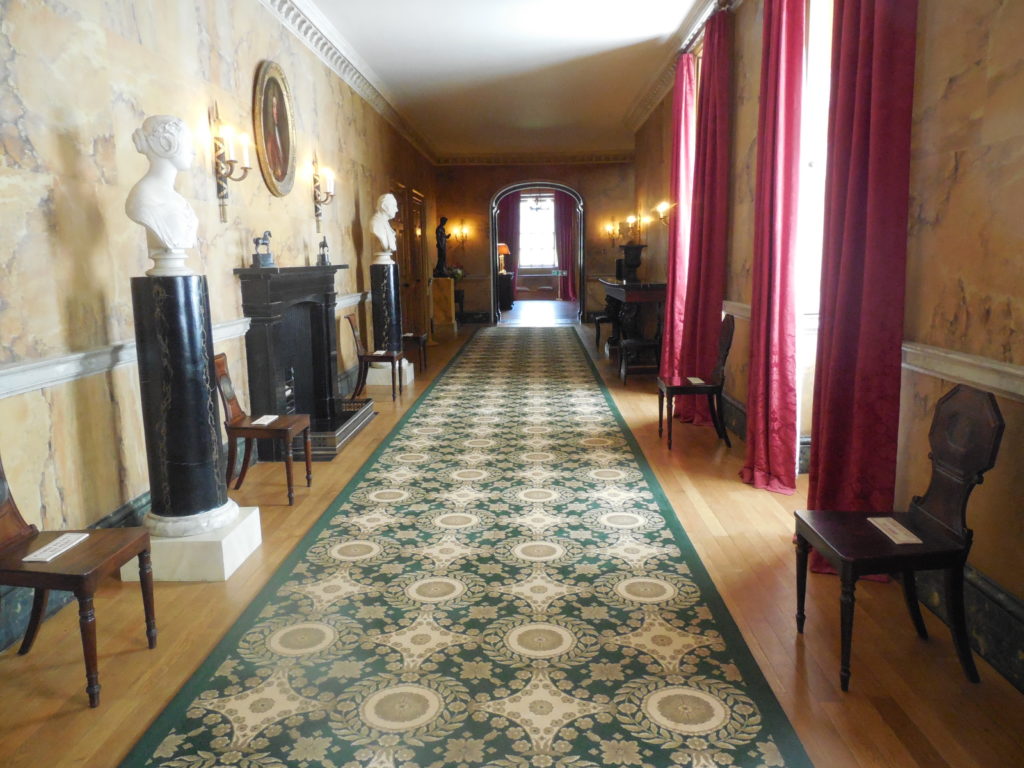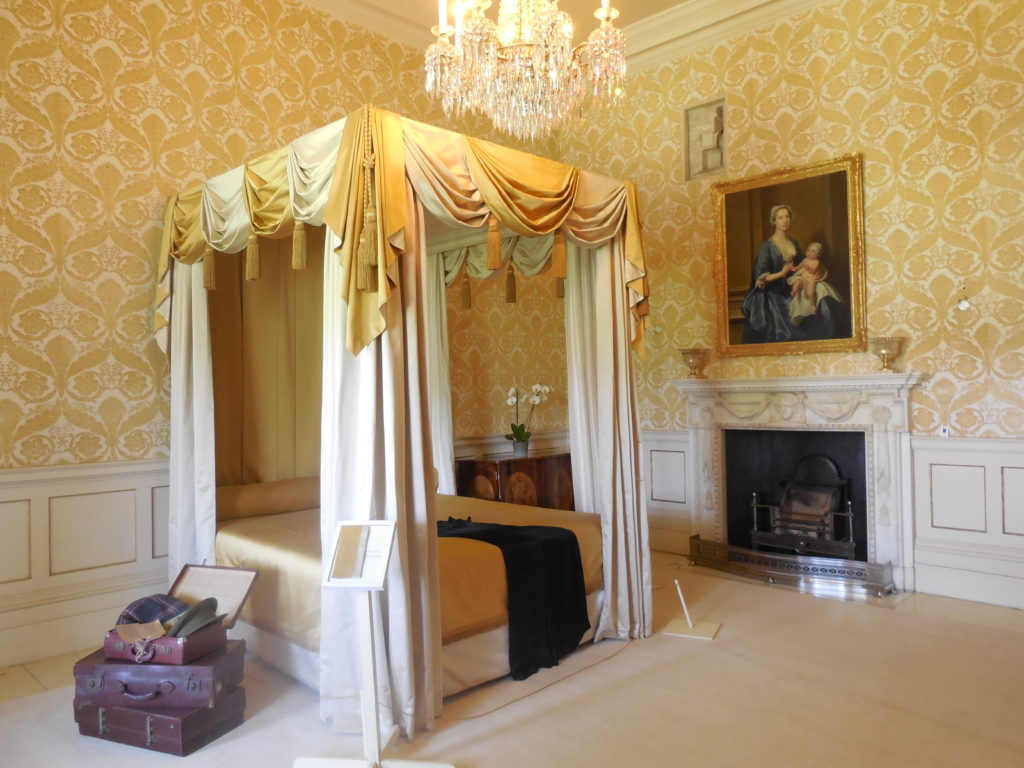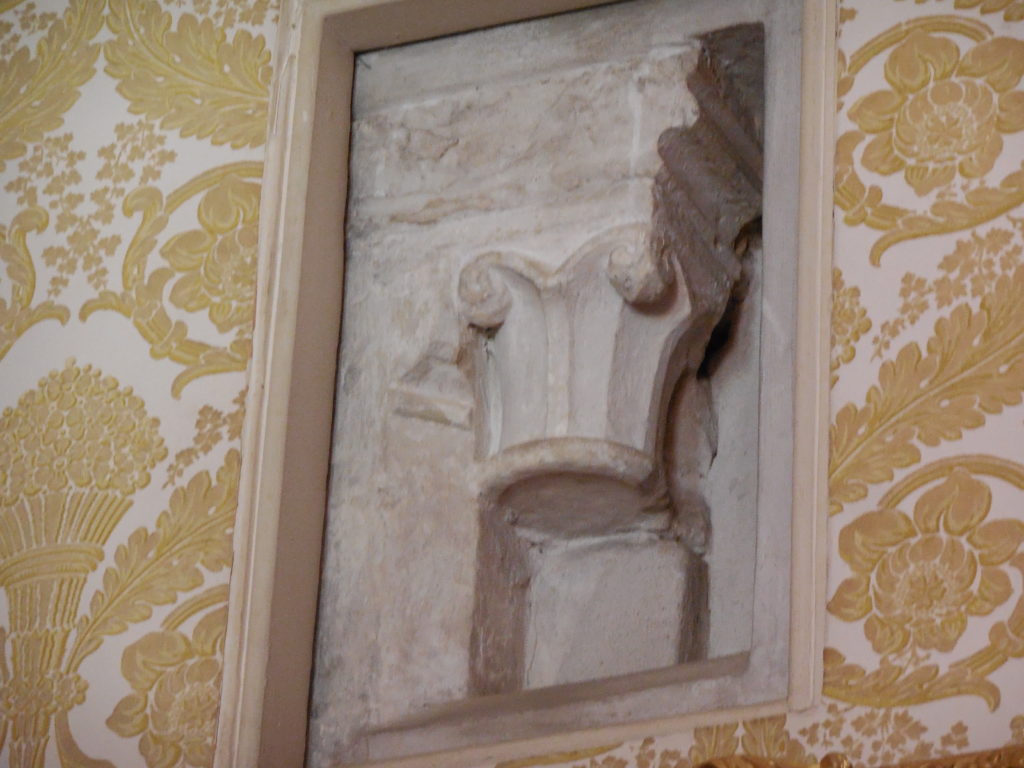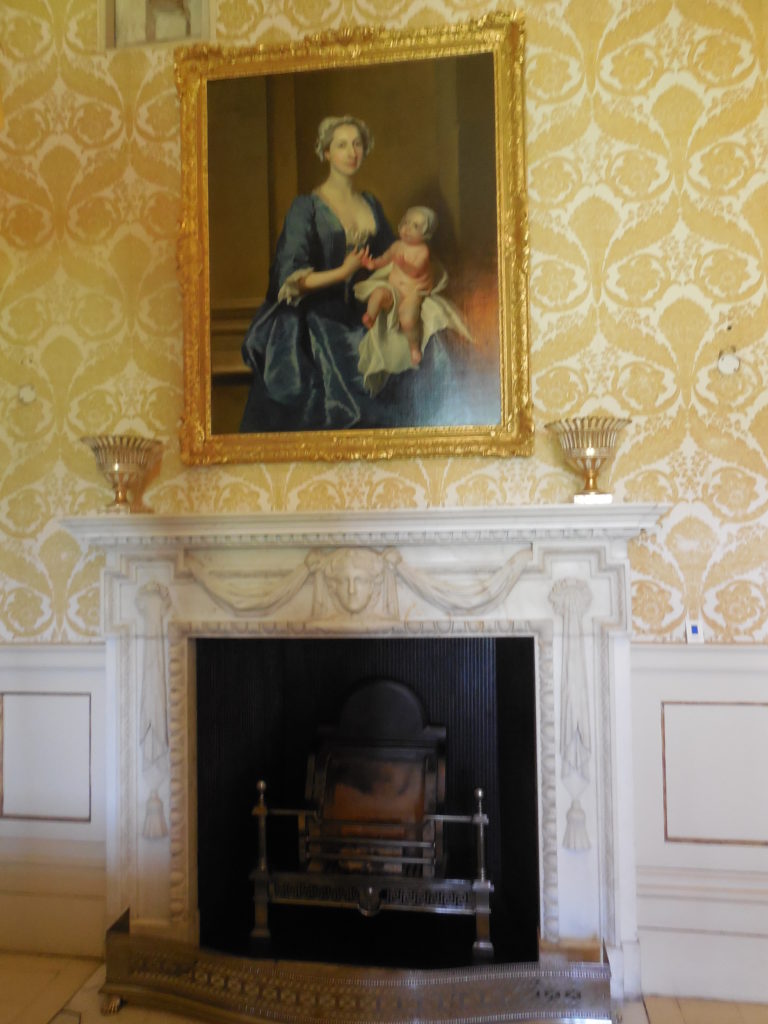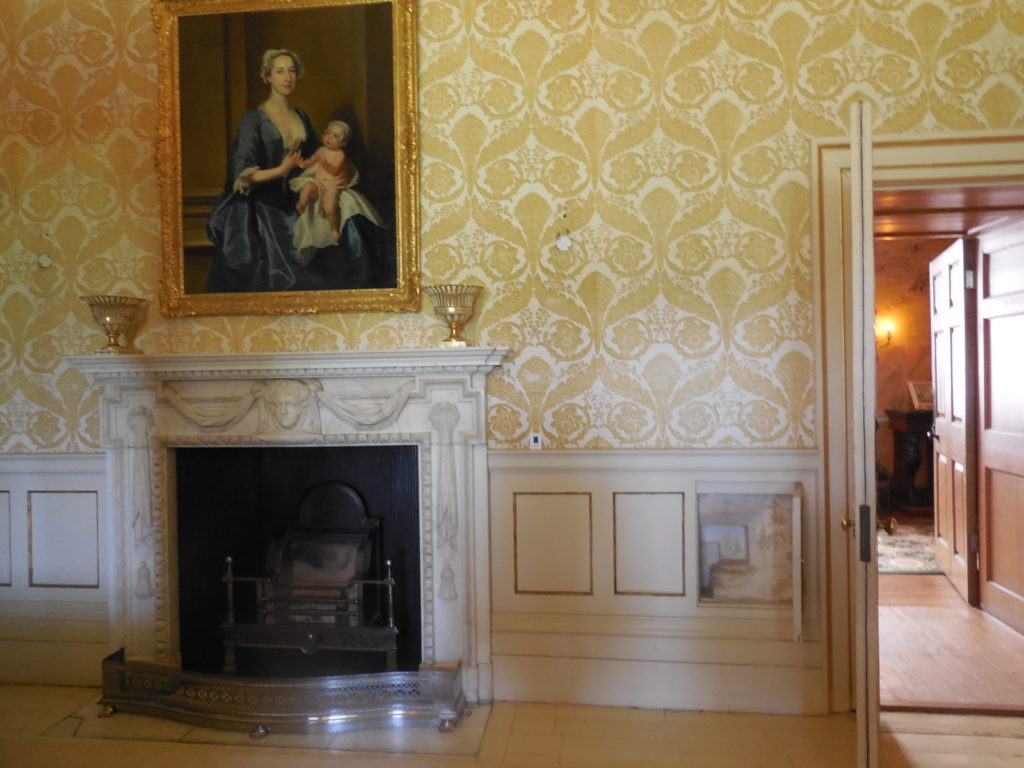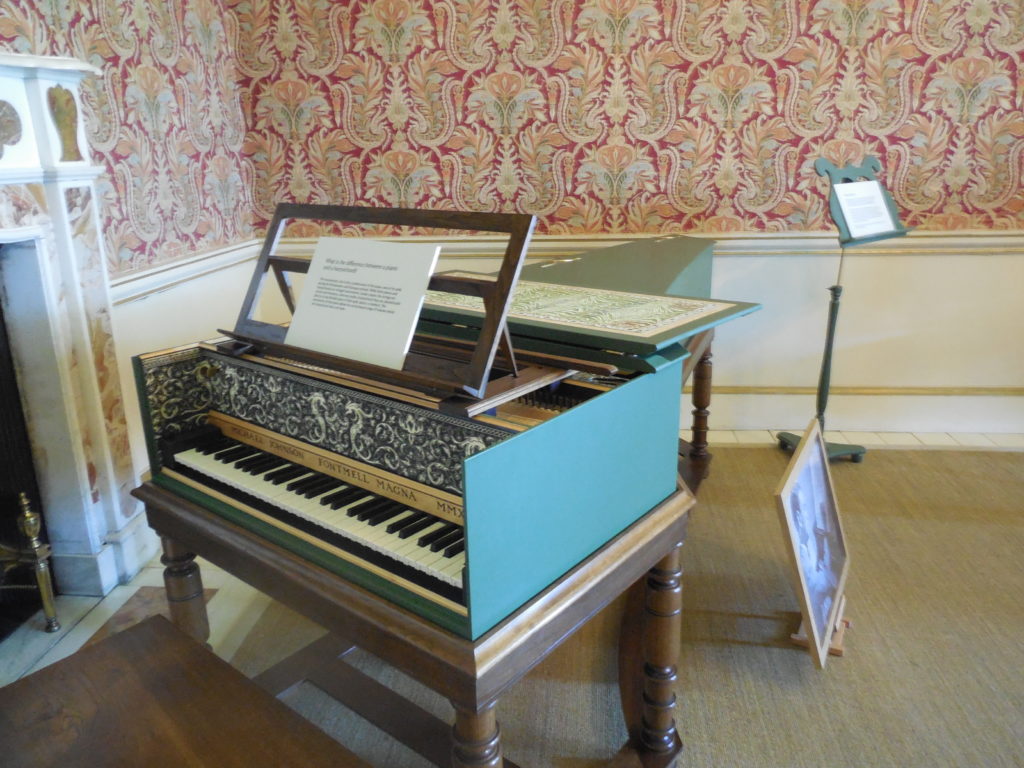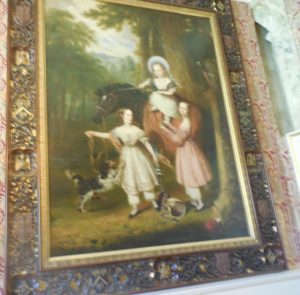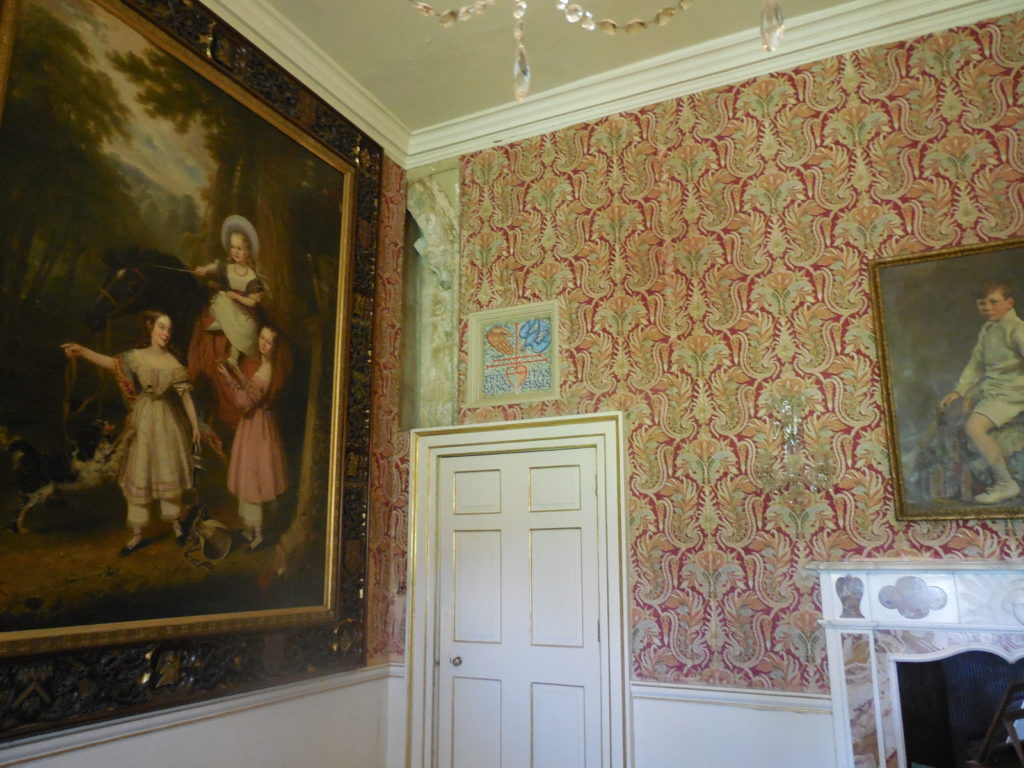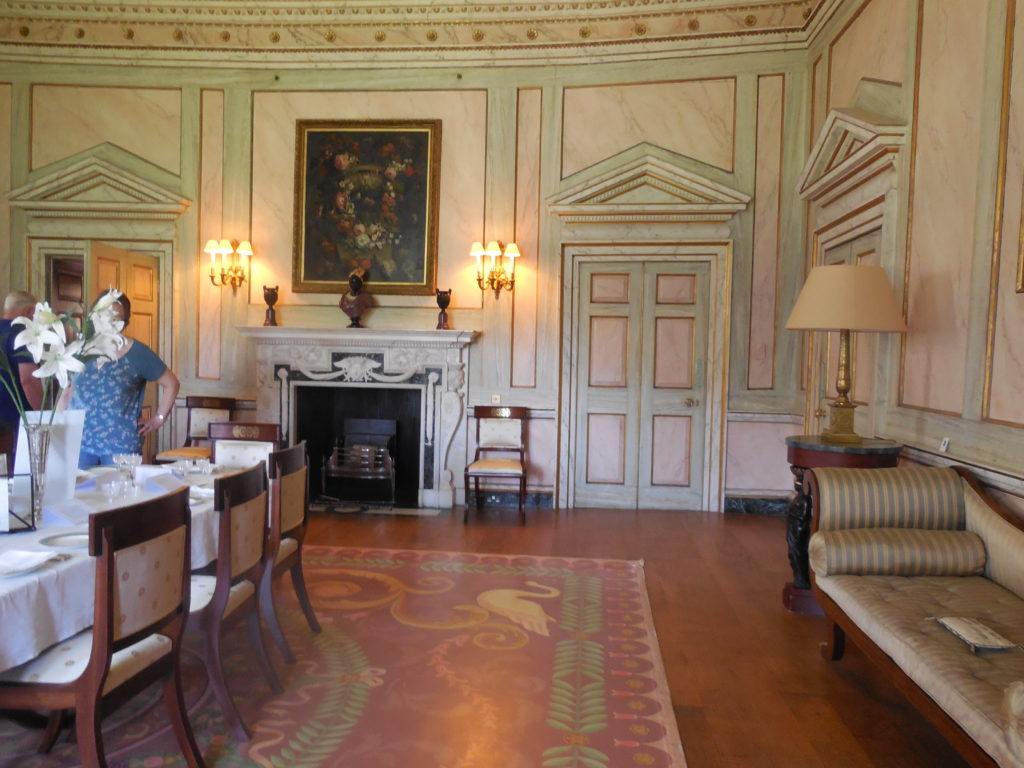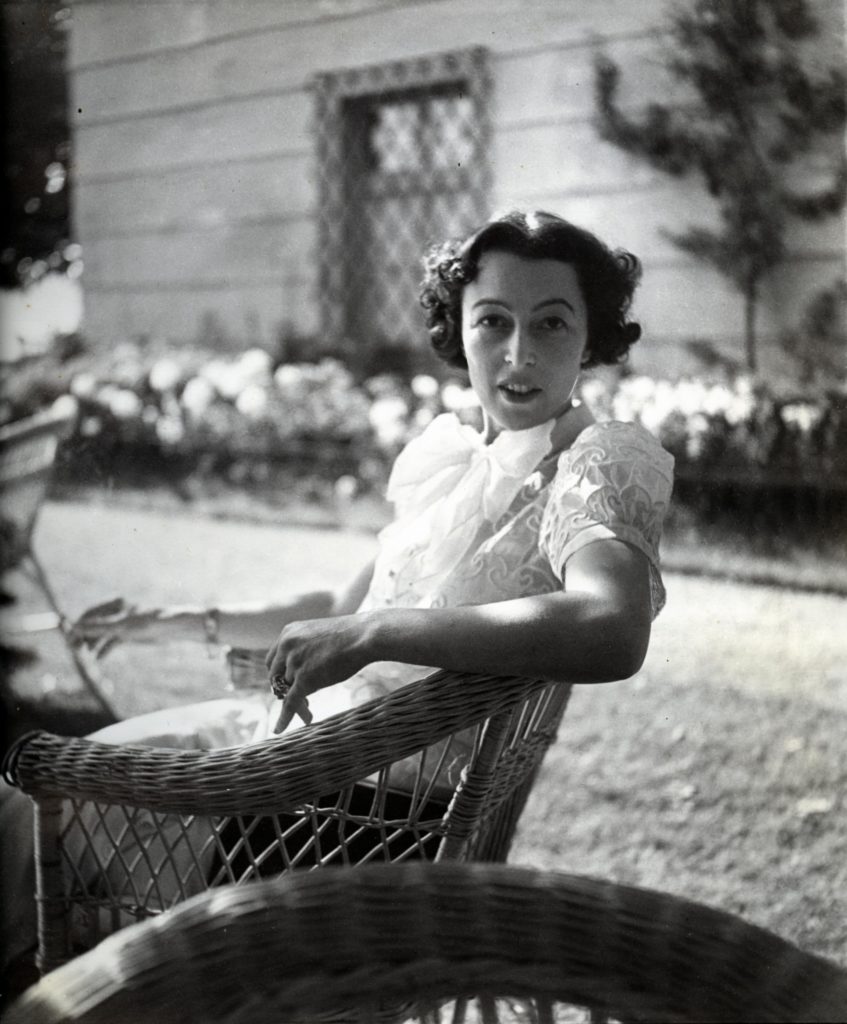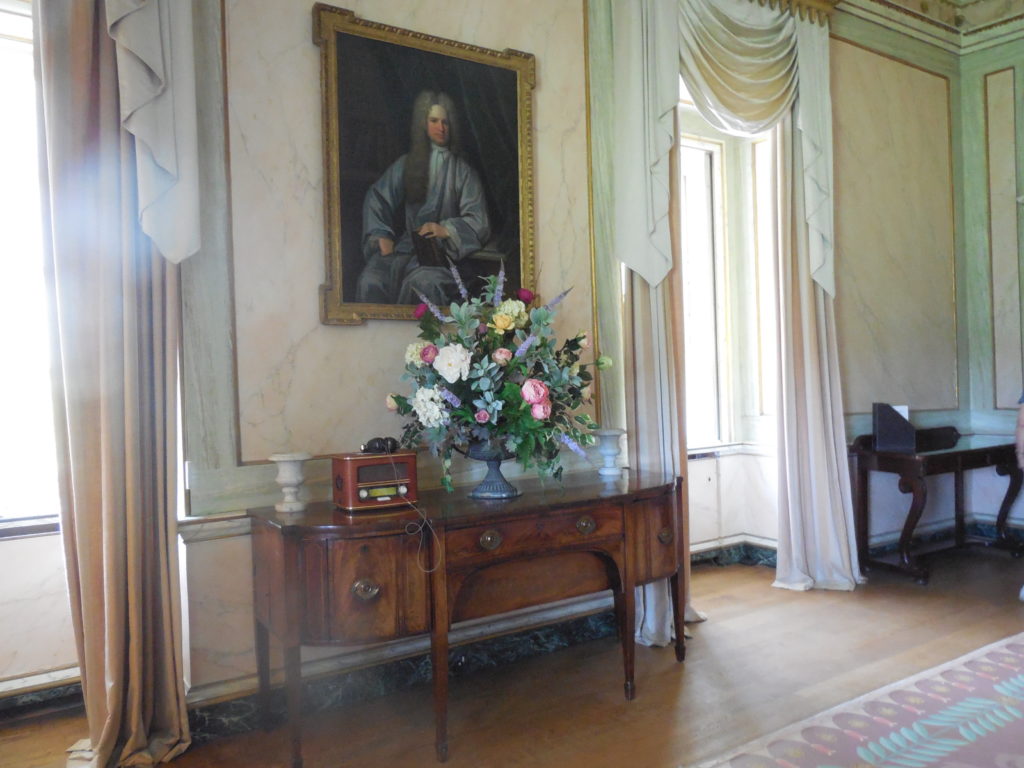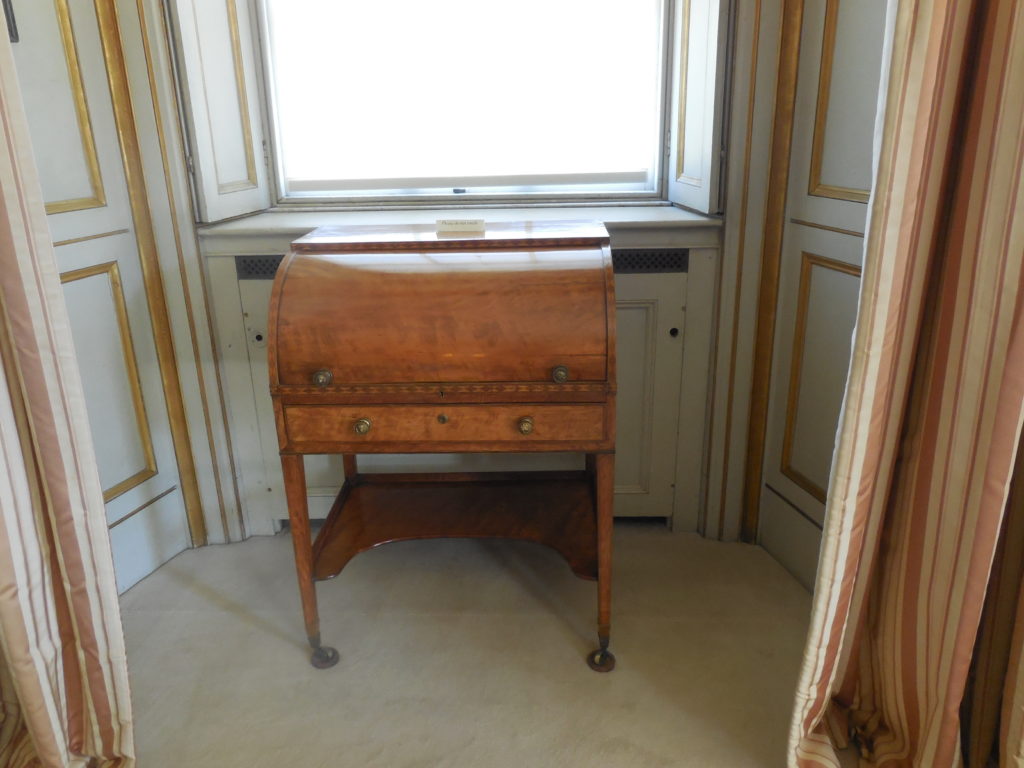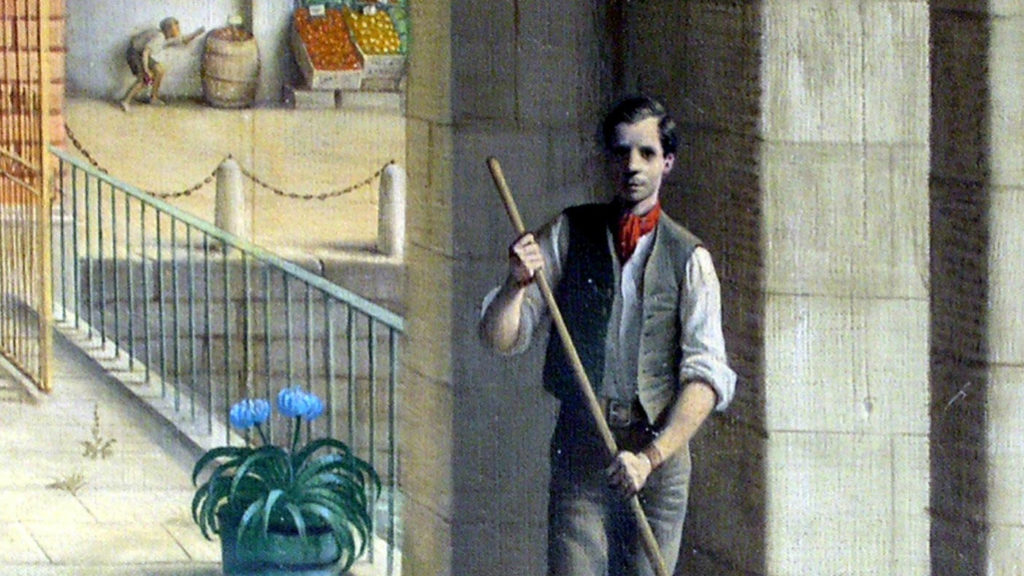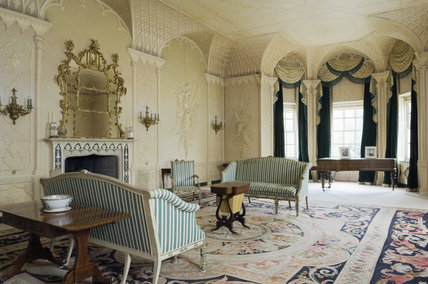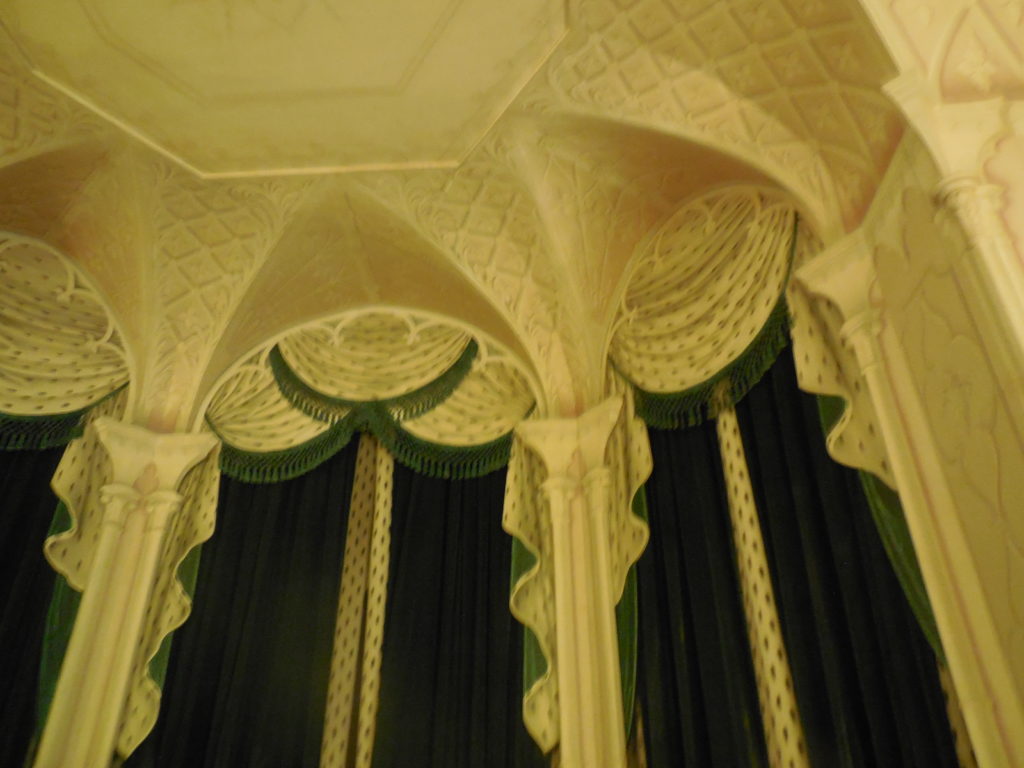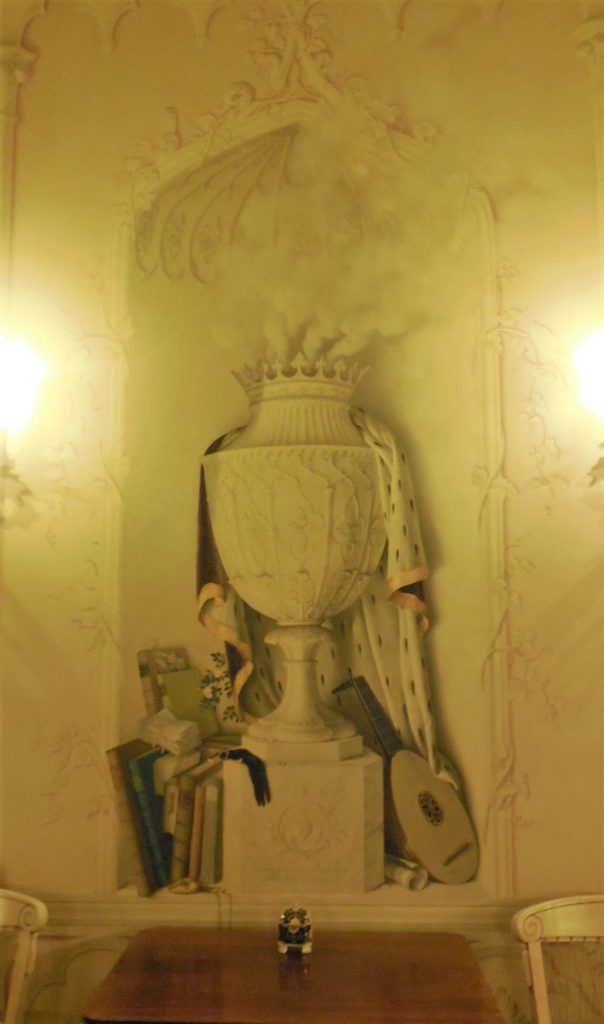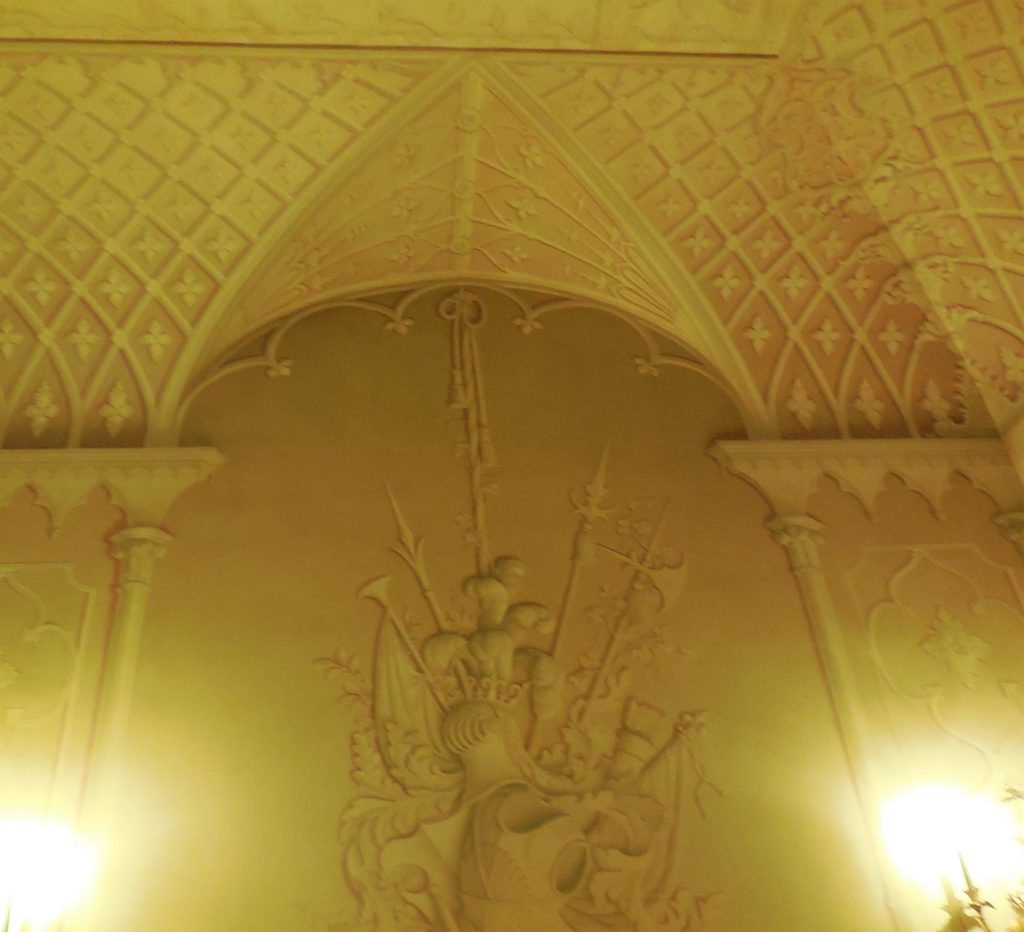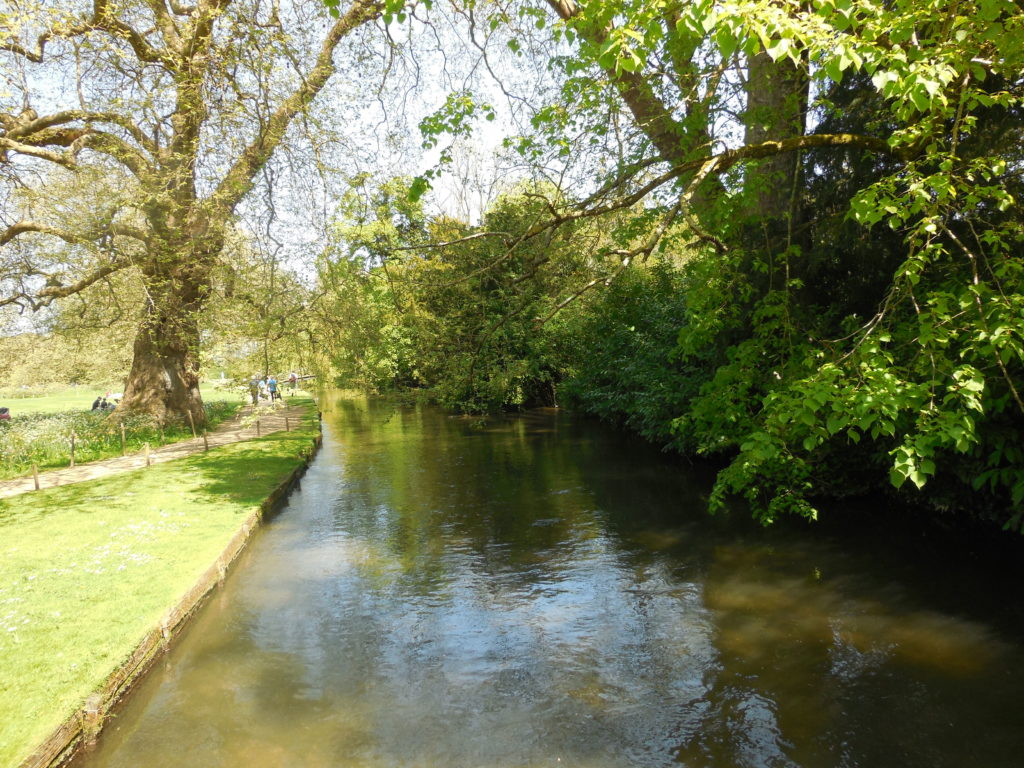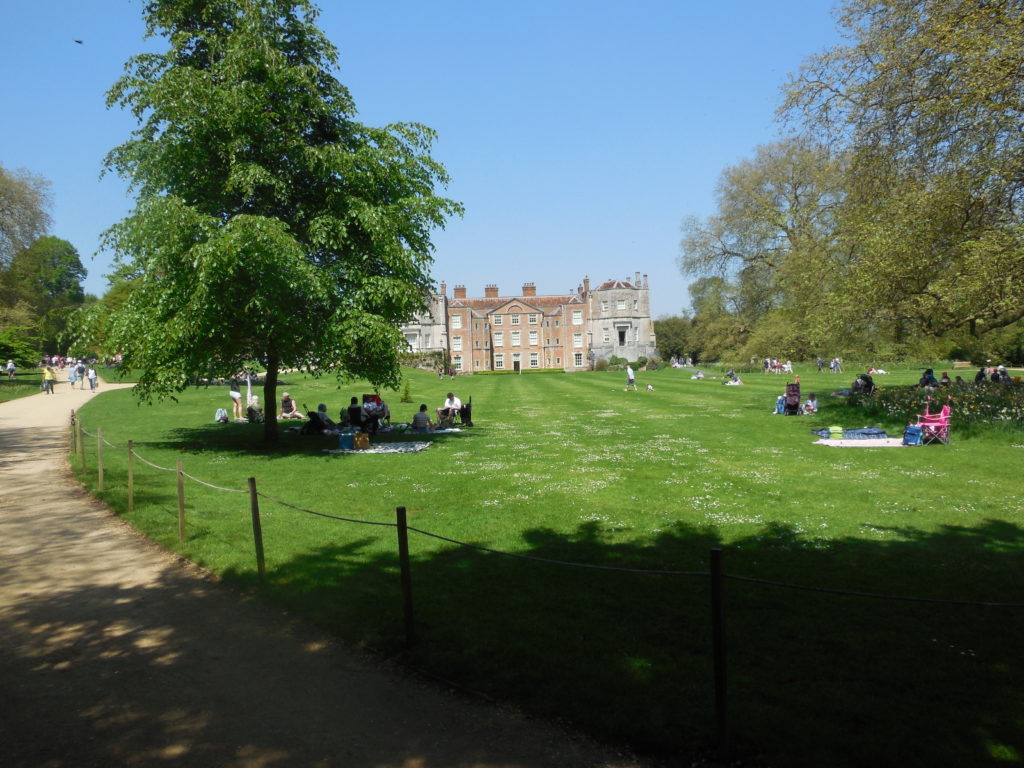Victoria here, looking through my collection of Regency-era fashion plates to see what was worn 200 years ago. I find I have five plates from 1812, two framed on the wall of my office, the others filed away in notebooks. So here, in case you want to be entirely up to date two centuries ago:
Ackermann’s Repository of Arts Half Dress, January 1812
A Roman round robe of stone colour or pale olive cloth embroidered in a variegated chenille border; long sleeves finished at the wrist to correspond and lined with pink sarsnet. Pomeranian mantle of silk, the colour of the robe and finished with deep Chinese silk fringe. Cap of black or colored velvet, ornamented with a rich silk tassel, and curled ostrich feathers placed towards the left side. High standing collar of muslin or net, edged with lace or needle work, rising above the robe at the throat. Pink embroidered ridicule. Gloves a pale lemon colour, and half boots of pink kid, trimmed with narrow sable fur.
Ladies Magazine January 1812 London Morning and Evening Dresses
Ackermann’s Repository of Arts Morning Dress, May 1812
A French frock of fine plain India muslin, with demi-train, and long full bishop’s sleeves. Waggoners’ cuffs, with gaged front, and shoulders to correspond. Tucker of double-rolled muslin, which also finishes the cuffs round the hands.
A Parisian mob cap of fine lace, confined round the head, and terminating on one side with a celestial blue or silver grey ribbon. Sash of the same, tied in small bows and ends in front. Hair in waved curls, divided in the center of the forehead. Spanish slippers of lemon-colored kid, and gloves of the same material.
The peculiar taste and elegant simplicity of these habiliments are further specimens of the graceful invention of the celebrated Mrs. Gill, of Cork-streeet, Burlington-gardens, from whom we have obtained them.
A scarlet Merino cloth pelisse, lined with straw coloured sarsnet, trimmed with light coloured spotted fur, and attached with loops of black silk cordon and rich frog tassels; the broad fur in front, forming a tippet, pointed at the back. A narrow fur passes from the top of the sleeve, is brought down the side seams, and relieved by fastenings of black silk cordon; four loops with frogs ornament the shoulders and cuffs; plain standing up collar tied with cordon: a fine cashemire shawl, with brown ground, and richly variegated border, is generally thrown over the dress, in which is united both comfort and elegance. A Swedish hat of the same material as the pelisse, lined with straw colour, and fastened up one side; the crown trimmed with two rows of narrow spotted fur, and one still narrower at the edge of the hat; a bunch of the Christmas holly in front, and two tassels falling from the summit of the crown, of black, to answer the pelisse, with is worn over a white round dress, either of plain or corded cambric. Beaver gloves, and demi-broquins of scarlet Morocco, laced with black, and lined with fur, complete the dress.








